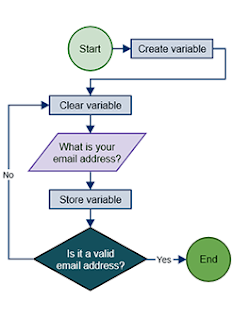Importance of the Decision Table
1. This is more modular. Statisticians can use this table for
programming especially in database.
2. Tables are always attractive. Written information in decision table
format is always helpful in decision making.
3. This is easier to programme. Programmers can code the problem in
any programming language from decision table. So decision table is
used by system analyst.
4. The operating principle of a machine can be represented by decision
table, so users can take help from it.
1. This is more modular. Statisticians can use this table for
programming especially in database.
2. Tables are always attractive. Written information in decision table
format is always helpful in decision making.
3. This is easier to programme. Programmers can code the problem in
any programming language from decision table. So decision table is
used by system analyst.
4. The operating principle of a machine can be represented by decision
table, so users can take help from it.


















